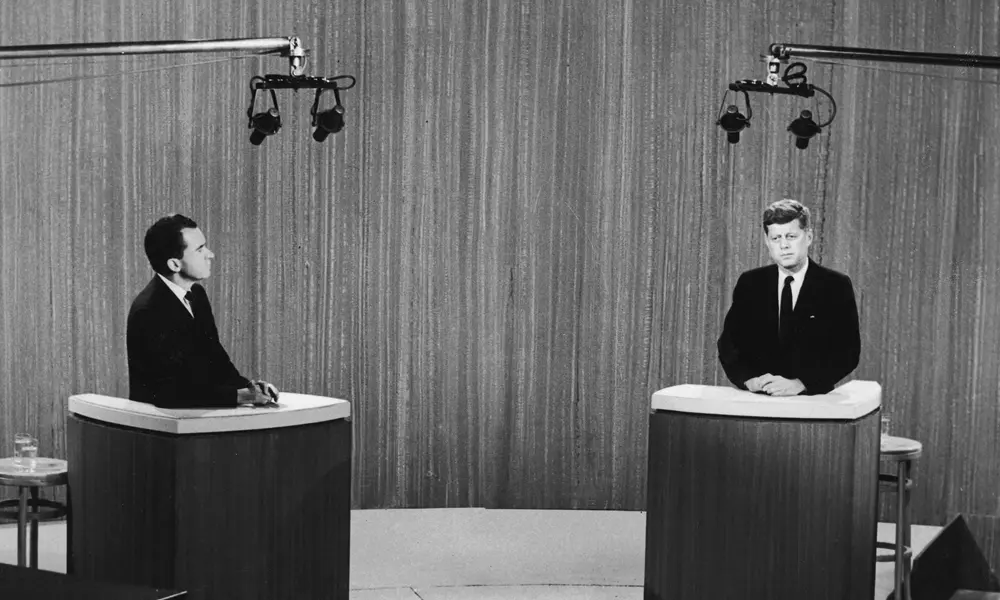Cricket's Greatest Debates: Controversies That Divide Fans

In the realm of cricket, where passion meets tradition and rivalry ignites fervor, there exists a tapestry woven with threads of controversy. From contentious umpiring decisions to heated debates over player conduct, the sport has witnessed its fair share of contentious moments that continue to divide fans and pundits alike. In this blog, we delve into some of cricket's greatest debates, exploring the controversies that have left an indelible mark on the game and its followers.
Umpiring Decisions: To Err is Human
At the heart of many cricketing controversies lie the decisions made by the men in white - the umpires. Despite their best efforts, umpires are fallible, prone to errors that can swing the momentum of a match in an instant. Whether it's a close lbw call or a contentious catch, every decision has the potential to incite debate among fans, players, and commentators.
Technology, in the form of Decision Review System (DRS), was introduced to mitigate umpiring errors and provide a means for teams to challenge decisions. However, even the implementation of technology has sparked its fair share of controversies, with questions raised over its accuracy and impact on the flow of the game.
Spirit of the Game: Fair Play vs. Gamesmanship
Cricket prides itself on being a gentleman's game, where the spirit of fair play and sportsmanship is held in high regard. However, there have been instances where the line between gamesmanship and unsportsmanlike conduct has been blurred, leading to heated debates among fans and players alike.
One such controversy revolves around the practice of 'Mankading', where a bowler runs out the non-striker backing up too far before the ball is bowled. While some argue that it's within the laws of the game and a legitimate dismissal, others view it as contrary to the spirit of cricket.
Player Behavior: Crossing the Line
Cricket, like any competitive sport, can elicit passionate emotions from players in the heat of the moment. However, there have been occasions where players have crossed the line, engaging in behavior that is deemed unacceptable and tarnishing the image of the game.
Incidents of sledging, verbal altercations, and on-field confrontations have stirred controversy and divided opinions on whether such behavior has a place in cricket. While some argue that it adds to the spectacle and intensity of the game, others contend that it sets a poor example for aspiring cricketers and undermines the values of respect and sportsmanship.
Formats of the Game: Tradition vs. Innovation
The evolution of cricket has seen the emergence of different formats, each with its own set of rules and characteristics. Traditionalists advocate for the sanctity of Test cricket, lauding its emphasis on skill, patience, and endurance. On the other hand, proponents of limited-overs formats, such as One Day Internationals (ODIs) and Twenty20 (T20) cricket, argue for their fast-paced, entertainment-driven nature.
The debate over the supremacy of Test cricket versus limited-overs formats continues to rage on, with fans divided over which form of the game best embodies the spirit and essence of cricket.
Conclusion: Embracing Diversity in Opinions
As cricket enthusiasts, we are bound by our shared love for the game, yet divided by the controversies and debates that define its rich tapestry. While opinions may differ and allegiances may clash, it is this diversity of perspectives that adds depth and nuance to our collective experience as cricket fans.
In embracing cricket's greatest debates, we acknowledge the inherent complexity of the sport and the myriad factors that shape its narrative. Whether we find ourselves on opposing sides of an argument or united in our passion for the game, let us celebrate the diversity of opinions that make cricket a truly captivating and endlessly fascinating pursuit.

